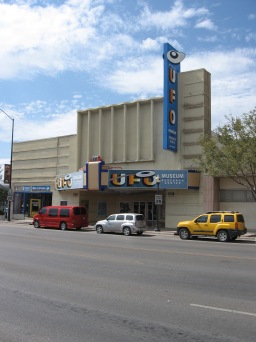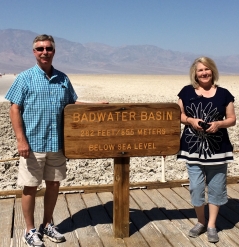
Where is Cahokia Mounds?
Cahokia Mounds State Historic Site is located at 30 Ramey Street in Collinsville, Illinois. The grounds are open to the public daily from sunrise to sunset. The site features:
- Interpretive Center, museum, and gift shop
- Hiking trails
- Guided tours – reservations required
- Self-guided tours of the site
 Cahokia Mounds is a UNESCO World Heritage Site, a National Historic Landmark, and is on the National Register of Historic Places. Here is a link to the website: Cahokia
Cahokia Mounds is a UNESCO World Heritage Site, a National Historic Landmark, and is on the National Register of Historic Places. Here is a link to the website: Cahokia

Why is Cahokia Important?
Dating to 1000 AD, Cahokia Mounds is the largest prehistoric Indian site north of Mexico. The site encompasses 2,200 acres of what once was an even larger ancient settlement occupied by a culture of people who were farmers, hunters, and traders. At one time mound complexes reached as far as current day St. Louis, Missouri. Today’s site contains 120 mounds. The Mississippians who built the mounds did so by digging earth from “borrow pits” and hauling it in baskets on their backs or by hand. Cahokia’s mounds contain an estimated 50 million cubic feet of borrowed earth. As the mounds grew, so did the community, and Cahokia became a center of Mississippian life and culture.

Cahokia’s Mounds and Buildings
Most of the mounds at Cahokia are rectangular pyramid shapes with flat tops although there are some round mounds that were used for burials. The people buried in the round mounds were probably chiefs or others of great importance to the community. Cahokians were usually buried in cemeteries. The exception to that point may be Mound 72, which is covered later in the post.

Buildings at Cahokia were constructed of poles and thatch though some were also overlaid with a combination of clay and grass. Archaeological excavations have uncovered lodges, grain storages, and communal buildings. Evidence also shows that residences usually housed one family. The tops of the largest mounds were reserved for ceremonial structures or the homes of rulers.

Interestingly, professional anthropological studies and archaeological excavations did not begin at Cahokia until the 1960s. So in the grand scheme of things, what is known about the site is relatively new. Studies continue today, so there is a near constant stream of up-to-date information and theories. Undoubtedly, the examination of Cahokia will go on indefinitely.
Monks Mound
Monks Mound is the largest prehistoric earthwork in the Americas. Its name comes from the French Trappist monks who lived nearby and farmed the terraces of the mound in the early 1800s. The Cahokian chief, Great Sun is said to have ruled from the top of Monks Mound, therefore, Cahokia is sometimes referred to as City of the Sun.

While construction of Monks Mound began around 950 AD, workers continued to enlarge it over the next 300 years. The building on the top terrace measured 48 feet by 104 feet and some believe it reached 50 feet high.
Monks Mound:
- has a base that covers 14 acres
- is 100 feet tall
- contains 22 million cubic feet of earth


Monks Mound once had four terraces. The artist’s rendering below shows how it may have looked at Cahokia’s peak. 
Cahokia’s Stockade
The stockade was a two-mile long barrier, most likely used for defense. However, some theorists believe that it may have served as a barrier to separate the elite from the other residents of Cahokia. The portion we see today is obviously a replica, though the Stockade Trial follows the boundary line of where the eastern part of the original stockade stood.

Mound 72
While Monks Mound is the grandest because of its size, Mound 72 is probably the most anthropologically interesting of all of Cahokia’s mounds. In 1967 excavations of Mound 72 revealed 270 ceremonial burials. The majority of the bodies were discovered in mass graves and were determined to be young women who died sacrificially.

Excavations of Mound 72 also revealed two bodies, probably great leaders, atop a cache of 20,000 marine shell disc beads formed in the shape of a large falcon. Six additional bodies, which anthropologists determined were elite men, were found with a large number of burial offerings. Offerings included arrowheads, jewelry, and other artifacts, some of which came from as far away as the areas that are now the states of Tennessee and Oklahoma. Further excavations revealed the bodies of 39 people that, unlike the others, had met a violent end. Anthropologists studied their teeth and determined that those 39 unfortunate souls were probably immigrants or enemies of the Cahokians and not locals.
Cahokia’s Woodhenge
Woodhenge is a solar calendar that the ancient Cahokians used to determine the equinoxes and solstices for agricultural purposes and ceremonial dates.

Excerpts from the site’s information board:
“At least five large post-circle monuments were built at this location from AD 1100 to 1200, each with a different diameter and number of posts. Woodhenge III is the circle most extensively excavated and is the one reconstructed here, in the original location.”  “The most important alignments are the winter and summer solstices, marking the southernmost and northernmost sunrise positions, and the fall and spring equinoxes, when the sun rises due east, midway between the solstice posts. Also, at the equinoxes the sun appears to emerge from the front of Monks Mound, perhaps confirming a link between the sun and the chief who ruled from the top of the mound.”
“The most important alignments are the winter and summer solstices, marking the southernmost and northernmost sunrise positions, and the fall and spring equinoxes, when the sun rises due east, midway between the solstice posts. Also, at the equinoxes the sun appears to emerge from the front of Monks Mound, perhaps confirming a link between the sun and the chief who ruled from the top of the mound.”

Cahokia’s Demise
Scientific evidence finds that Cahokia’s inhabitants had begun their departure by 1250; however, the city had been completely abandoned by 1350 – 1400. The once thriving City of the Sun had been home to an estimated 20,000 people at its peak. No one really knows what happened to the Cahokians, but one theory suggests that flooding led to the demise of the great city. Another theory suggests that drought caused the residents to move elsewhere to grow their crops. Still others believe that disease or a 13th century earthquake may have been factors. Most likely, we will never know the reason, but the ancients did leave us with their legacy, one that piques our curiosity and inspires our desire to know more.

Our visit to Cahokia Mounds State Historic Site was great, but it would have been even better if we had been able to visit the Interpretive Center to learn more about the site. Unfortunately, the center which houses the museum is closed for renovations until the spring of 2023. Therefore, in our quest to “pass along the knowledge”, we have included a link to the introductive video from the interpretive center here.
Thanks so much for joining us on our tour of Cahokia Mounds!
We have more Native American history! Check out these interesting sites:
Pecos National Historical Park
Washita Battlefield National Historic Site
San Antonio Missions
Travel safely, and we will see you on the road.
Mike and Kellye

As always, we strive to be as accurate with our information as possible. If we made a mistake, it was unintentional. (Hey, we’re only human!) Our suggestions are for places that we’ve heard good things about but haven’t visited personally, and our opinions are our own.
©2022






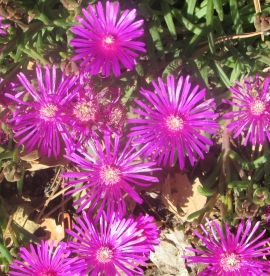


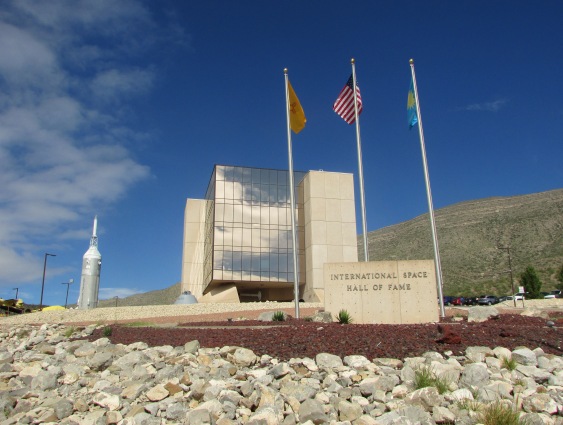


 Bonus stop
Bonus stop
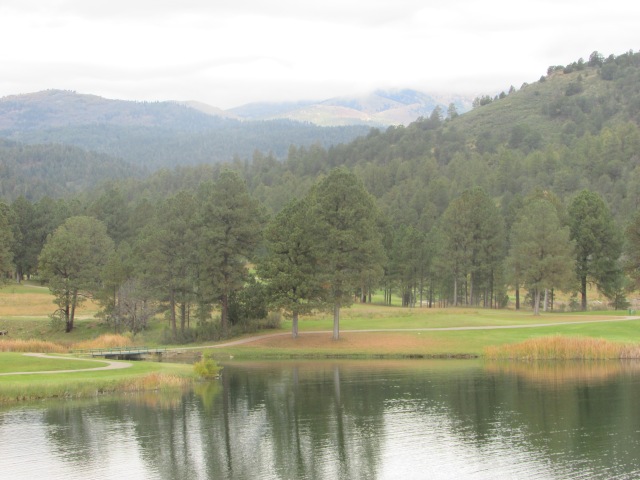
 adjoining Billy the Kid Casino is open year-round.
adjoining Billy the Kid Casino is open year-round.


